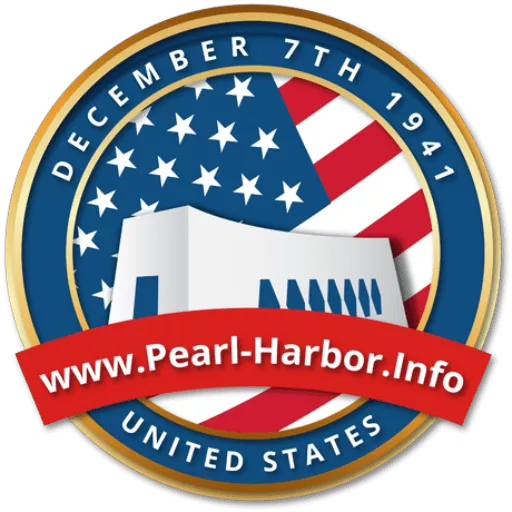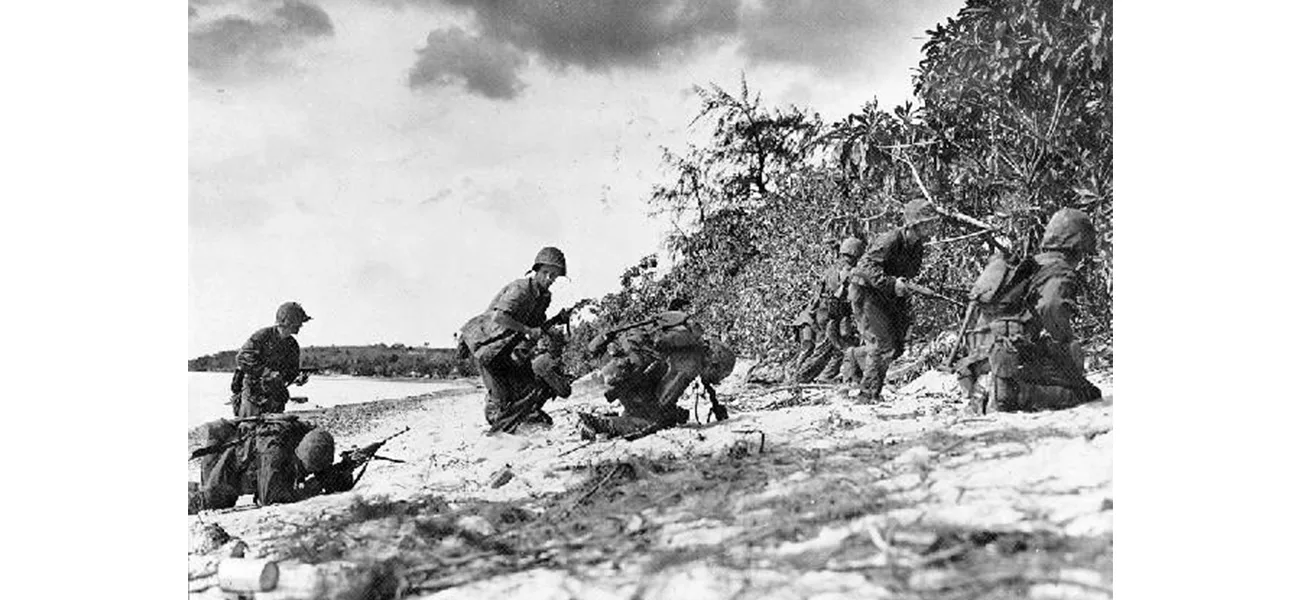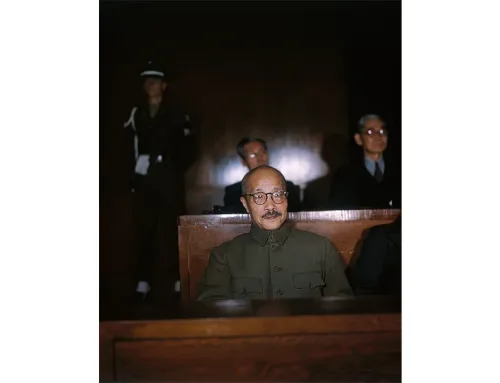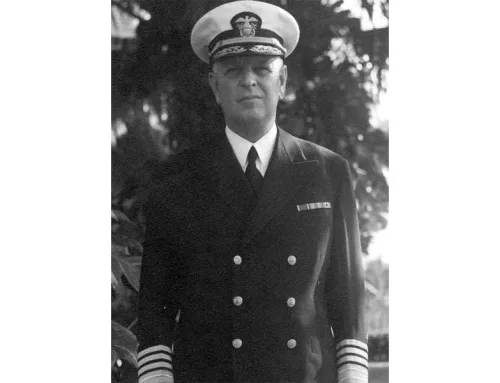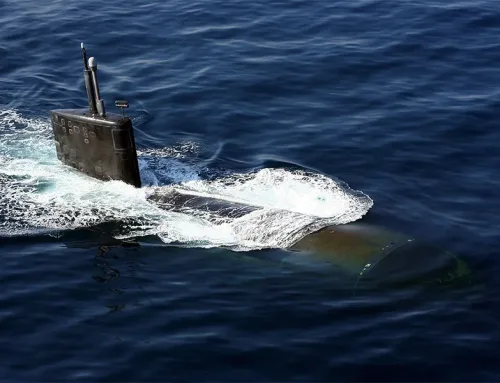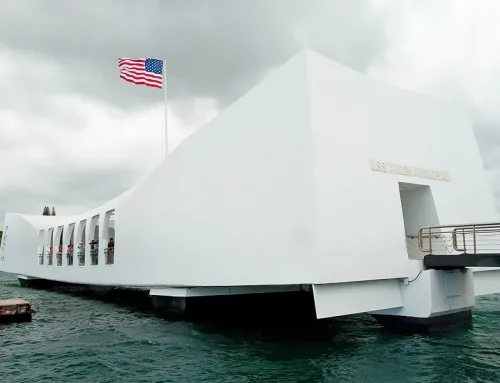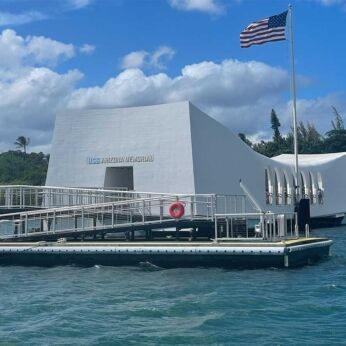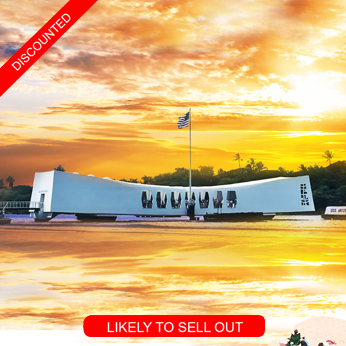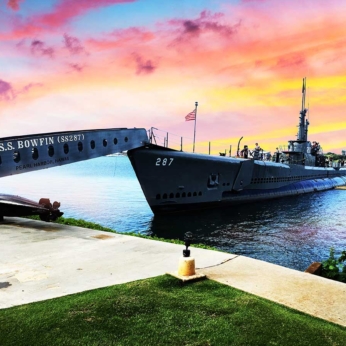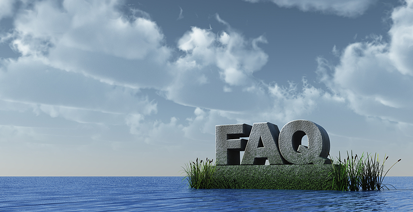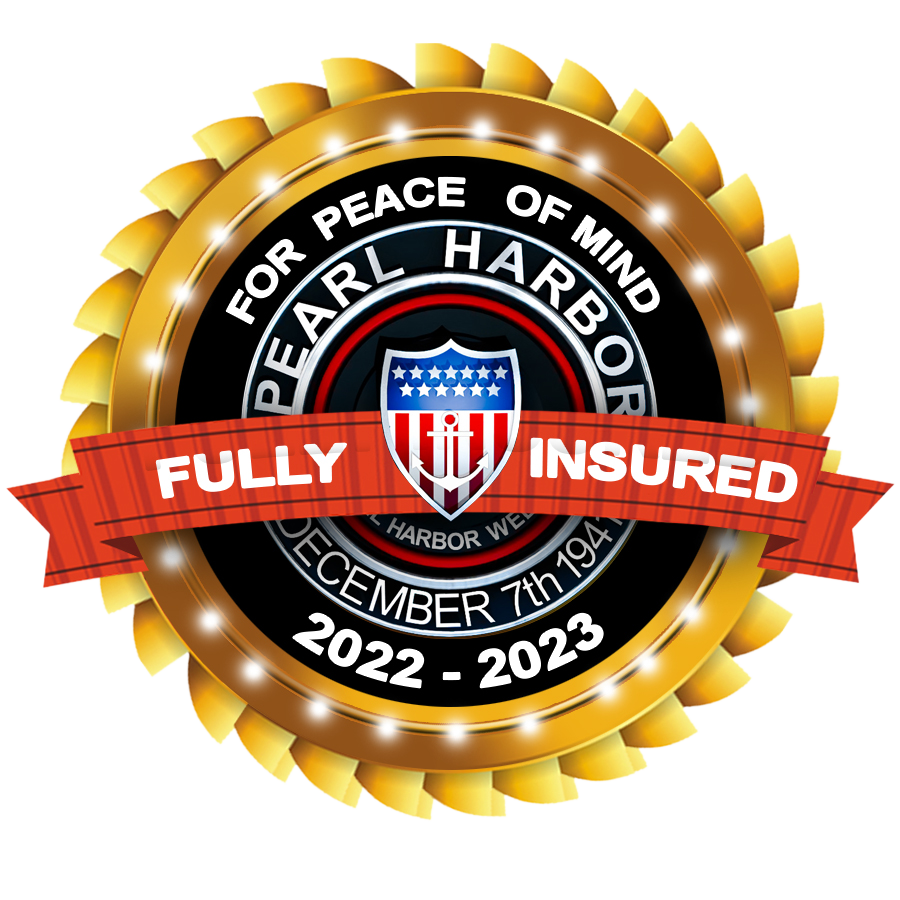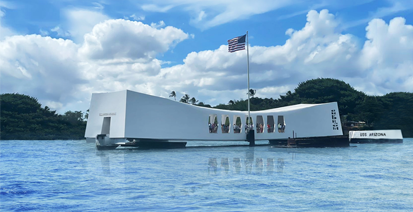Closing In: The Battle of Saipan
Japanese cannon at Saipan, after battle, https://en.wikipedia.org/wiki/Federal_government_of_the_United_States, PD-USGov-Military-Navy
Closing In: The Battle of Saipan marked a crucial turning point in the Pacific Theater of World War II. Following the decisive American victory at the Battle of Midway, the United States had the momentum, but Japan was far from defeated. Every battle was critical, and one misstep could have given the enemy an opportunity to regain control. By the summer of 1944, the U.S. military set its sights on the Mariana Islands, specifically Saipan, a strategic location that could bring the Japanese homeland within reach of long-range B-29 bombers. The battle to seize this key territory would be one of the bloodiest of the war.
The High-Stakes Invasion
On June 14, 1944, after relentless naval and aerial bombardment, the U.S. Navy transported thousands of United States Marines to the shores of Saipan. Amphibious landing vehicles approached the island under the protective fire of battleships and destroyers, aiming to neutralize enemy defenses. However, Japanese fortifications remained intact despite the barrage, and the Marines faced a storm of machine-gun fire upon reaching the beaches.
Despite the resistance, 8,000 American troops managed to establish a foothold, paving the way for reinforcements. The following day, United States Army troops arrived, pushing inland to secure key positions such as Aslito Airfield. As U.S. forces advanced, the Imperial Japanese Navy (IJN) attempted to send reinforcements, but the crushing American victory in the Battle of the Philippine Sea eliminated any chance of Japan regaining control of Saipan.
Brutal Combat and Strategic Gains
The Japanese forces, numbering around 29,000, withdrew to the high ground of Mount Tapotchau, determined to make a last stand. The ensuing battle was fierce, with American forces suffering heavy casualties in areas that would come to be known as “Death Valley” and “Purple Heart Ridge.” The relentless push of U.S. troops, combined with strategic fire support from naval vessels and aerial bombardment, eventually forced the Japanese defenders into an unwinnable position.
Throughout the battle, the Navajo Code Talkers played a critical role in ensuring secure communication between American forces. Their coded transmissions helped direct artillery fire and coordinate troop movements, significantly contributing to the U.S. victory.
The Final Stand and Aftermath
With defeat imminent, Japanese Lieutenant General Yoshitsugu Saito ordered his remaining soldiers to launch a final suicidal attack. On July 7, nearly 3,000 Japanese troops charged the American lines in one of the largest banzai charges of the war, inflicting heavy losses before being ultimately repelled. Two days later, on July 9, Saipan was officially declared secure by American commanders.
The fall of Saipan had far-reaching consequences. Over 1,000 Japanese civilians, misled by propaganda that painted American soldiers as brutal conquerors, tragically jumped to their deaths from the cliffs of Marpi Point. The failure to defend Saipan also led to the resignation of Japan’s Prime Minister, General Hideki Tojo, marking a major political upheaval. Vice Admiral Chuichi Nagumo, the architect of the attack on Pearl Harbor, took his own life rather than face capture.
Saipan’s Legacy in History
The Battle of Saipan was a decisive moment in World War II, bringing the U.S. one step closer to ending the conflict in the Pacific. Today, the island stands as a solemn reminder of the battle’s brutality, with key sites preserved as part of a National Landmark District. Tourists and historians alike visit Saipan to pay tribute to the sacrifices made on both sides, reflecting on a pivotal event that helped shape the course of history.
With its strategic importance, intense combat, and lasting historical significance, the Battle of Saipan remains one of the most compelling stories of World War II. As we look back, we honor the bravery of those who fought and the profound impact their sacrifice had on the world.
Most Popular Oahu Tours
Best Pearl Harbor Tours

The following tours are recognized as the most popular Pearl Harbor Tours on Oahu. While generally, our price is the lowest in the market now, for a limited time, they are on sale too. Please be advised that Pearl Harbor tickets and USS Arizona Memorial tickets are included in all of our Arizona Memorial Tours, Pearl Harbor small group tours, and private Pearl Harbor tours.
